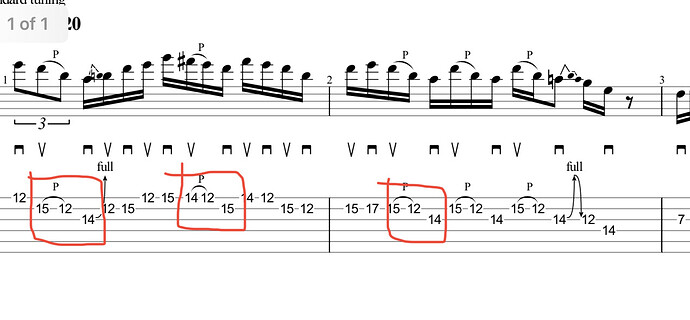Hi there
I am trying my hand at some cascading pentatonics using the cascade seminar.
I can only play with a DSX motion, so I can do cascading 4s, 6s with alternate picking starting with an upstroke. I can also do 3s and 5s by sweeping strategically. The licks aren’t exactly the same but the idea is there same
However I want to ask about trying to play some licks from say the intro to cliffs of Dover.
The way it’s tabbed and Troy plays it in the seminar (chapter 28) it seems that this is impossible with a DSX motion, as I always get trapped after an upstroke buried itself in the strings and the next note is unreachable however I try and plan my picking.
is the key then to just slightly change the licks so that it works for me? For that intro it is so fast that most listeners won’t tell. It would mean I end up with my own version which is not note for note, but is similar and works with a DSX technique.
Does anyone have any advice? It’s frustrating only being able to play DSX and getting stuck. I have tried several times to develop a USX motion but my hand just won’t do it.






